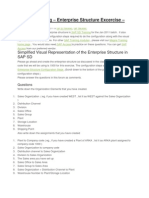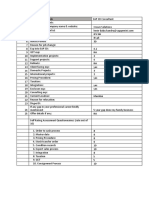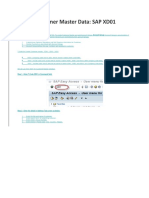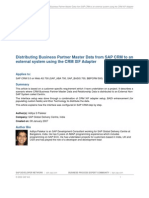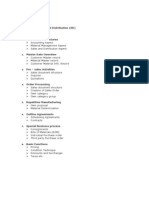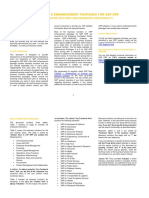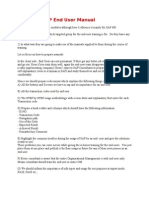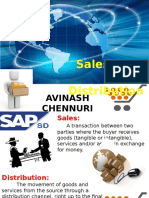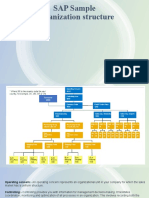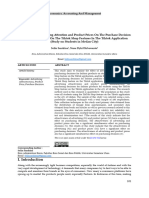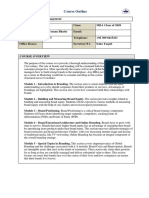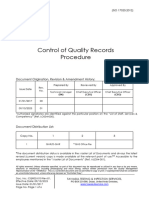0% found this document useful (0 votes)
266 views7 pagesSAP SD Organizational Structure: Target Audience of This Article
The document provides an overview of the organizational structure in SAP Sales and Distribution (SD) module. It discusses the key SD organizational units like sales organization, distribution channel, division, and how they relate to other SAP modules. The target audience includes those interested in learning about SAP SD, consultants experienced in other SAP modules, and clients implementing SAP. An overview of the SD organizational structure is then presented through descriptions of each unit and how they fit together.
Uploaded by
florenciaCopyright
© © All Rights Reserved
We take content rights seriously. If you suspect this is your content, claim it here.
Available Formats
Download as DOCX, PDF, TXT or read online on Scribd
0% found this document useful (0 votes)
266 views7 pagesSAP SD Organizational Structure: Target Audience of This Article
The document provides an overview of the organizational structure in SAP Sales and Distribution (SD) module. It discusses the key SD organizational units like sales organization, distribution channel, division, and how they relate to other SAP modules. The target audience includes those interested in learning about SAP SD, consultants experienced in other SAP modules, and clients implementing SAP. An overview of the SD organizational structure is then presented through descriptions of each unit and how they fit together.
Uploaded by
florenciaCopyright
© © All Rights Reserved
We take content rights seriously. If you suspect this is your content, claim it here.
Available Formats
Download as DOCX, PDF, TXT or read online on Scribd
/ 7







